Leveraging technology through automation in currency trades involves employing software and algorithms to execute foreign exchange transactions without manual intervention. This approach streamlines trading processes, increases efficiency, and minimizes human errors. Advanced algorithms analyze market data, enabling rapid decision-making and capturing opportunities for profit. Automation also facilitates round-the-clock trading, enabling businesses to react quickly to market fluctuations.
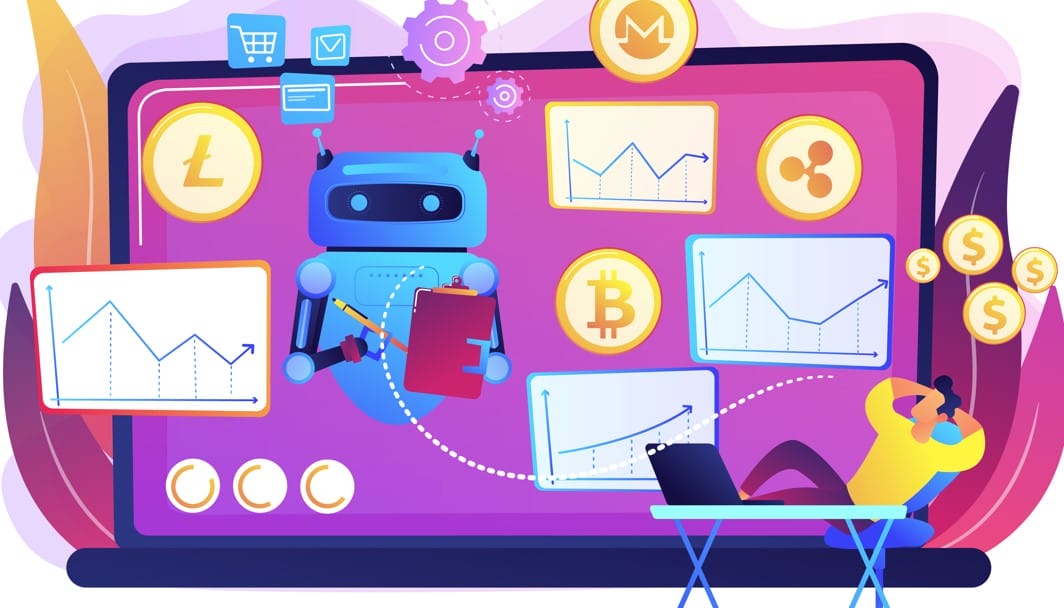
1) Types of Automated Trading Systems
1.1 Algorithmic Trading

Algorithmic trading involves the use of computer programs to execute trades based on predefined rules and algorithms. These algorithms analyze vast amounts of historical and real-time market data to make informed trading decisions. Algorithmic trading strategies can range from simple to highly complex, including statistical arbitrage, trend-following, and market-making. The main benefits of algorithmic trading are speed, precision, and the ability to execute trades at a frequency and scale that would be challenging for human traders.
1.2 High-Frequency Trading (HFT)

High-Frequency Trading (HFT) is a specialized form of algorithmic trading that executes a large number of trades at extremely high speeds. They rely on powerful computers, high-speed data connections, and complex algorithms to capitalize on small price discrepancies and market inefficiencies.
1.3 Expert Advisors (EAs)

Expert Advisors (EAs) are automated trading systems or bots designed to execute trades in the financial markets based on pre-programmed rules and algorithms. EAs operate within popular trading platforms, such as MetaTrader, and can analyze market data, generate signals, and place trades without human intervention. These programs are customizable, allowing traders to implement their strategies or utilize pre-built ones. EAs offer speed, efficiency, and emotion-free trading, making them popular among algorithmic traders.
1.4 Copy Trading
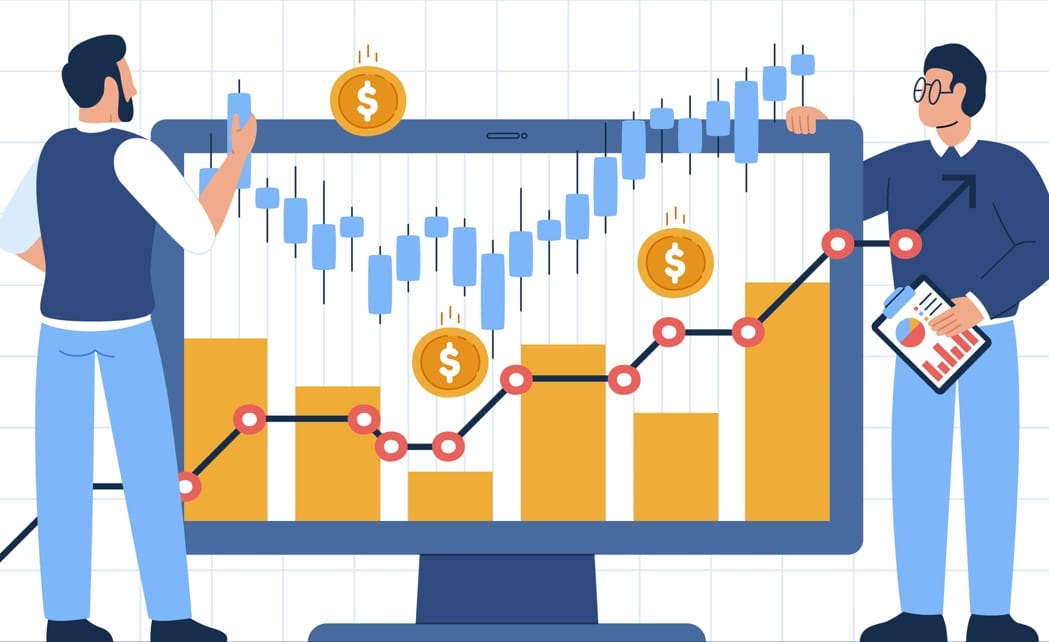
Copy trading allows traders to replicate the trades of successful and experienced investors. In this approach, less experienced traders (followers) allocate a portion of their funds to mimic the trading strategies of chosen expert traders (leaders). The follower’s accounts automatically execute the same trades as the leader’s account in real-time. Copy trading enables beginners to benefit from the expertise of more seasoned traders without requiring deep market knowledge or active trading involvement.
2) Advantages of Automation in Currency Trading
2.1 Speed and Efficiency
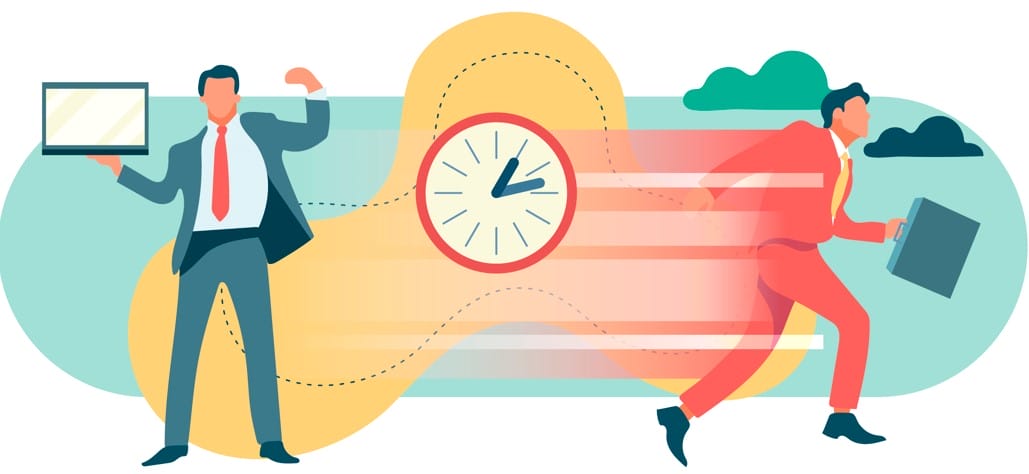
Automated systems can process vast amounts of data in real-time, enabling faster trade execution and quicker response to market changes. Automated currency trading systems can execute trades in milliseconds or microseconds, much faster than human traders. This speed advantage is critical in the forex market, where prices can change rapidly. Automated systems can instantly react to market movements, ensuring that trading opportunities are not missed and reducing the risk of slippage.
2.2 Reduced Emotional Bias

Automation eliminates the emotional aspect of trading, which can lead to irrational decisions. Human traders can be influenced by fear, greed, and other emotions, leading to impulsive and irrational decisions. Automated systems, on the other hand, operate based on predefined rules and algorithms, removing emotions from the trading process. Emotion-free trading minimizes the chances of making mistakes due to emotional factors and ensures that trades are executed consistently according to the strategy’s parameters.
2.3 Access to Global Markets
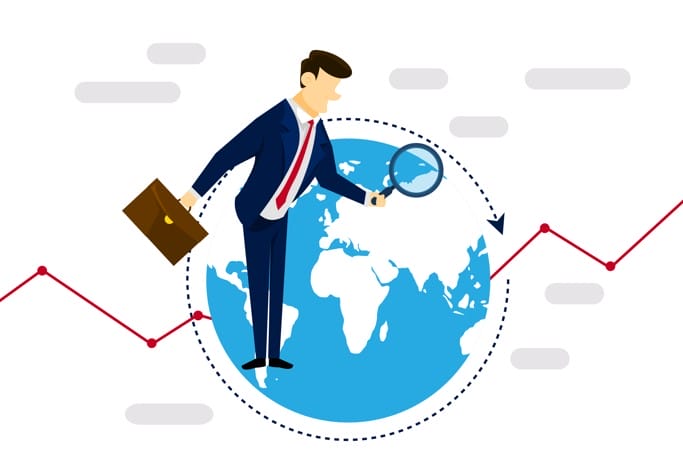
Automated trading systems can operate across different time zones, providing access to global markets and opportunities in multiple currencies. It can analyze multiple currency pairs simultaneously, enabling traders to diversify their trading strategies and capitalize on various opportunities. This broader market coverage enhances the potential for profit generation and minimizes dependence on specific currency pairs or markets.
2.4 Enhanced Risk Management
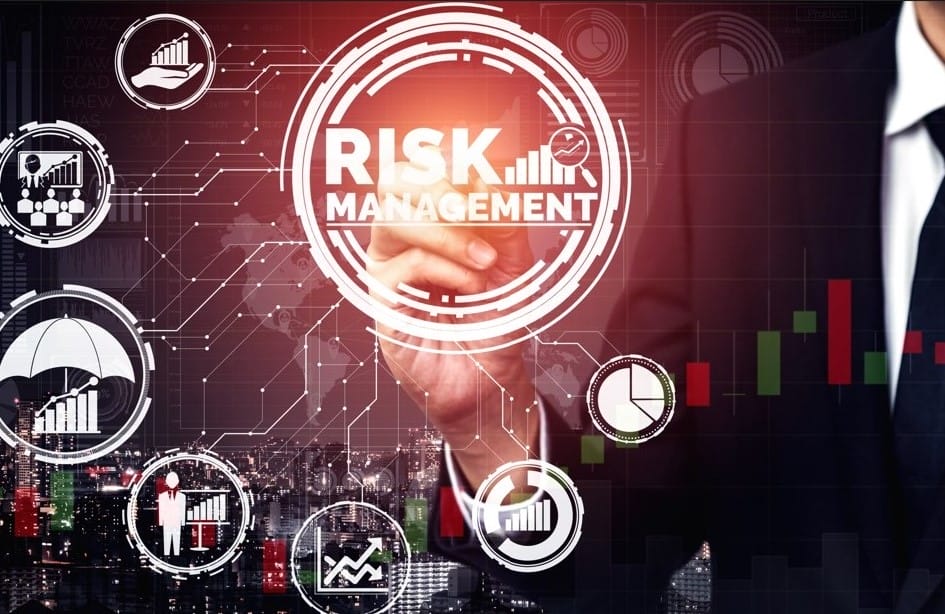
Risk management in automated trading is a crucial aspect that helps traders protect their capital, minimize losses, and ensure the long-term sustainability of their trading strategies. When employing automation in trading, risk management strategies are typically integrated into the algorithm or trading system to control position sizes, set stop-loss levels, and apply other risk control mechanisms.
3) Challenges and Risks of Automated Trading
Automated trading offers numerous benefits, but it also comes with its share of challenges and risks. Traders need to be aware of these potential pitfalls to effectively manage their automated trading systems.
3.1 Technical Glitches and System Failures

Automated trading systems are susceptible to technical glitches and system failures. These issues can arise due to software bugs, hardware malfunctions, or connectivity problems. Such failures can lead to missed trades, delayed executions, or even erroneous orders, resulting in significant financial losses.
3.2 Model Overfitting and Data Biases
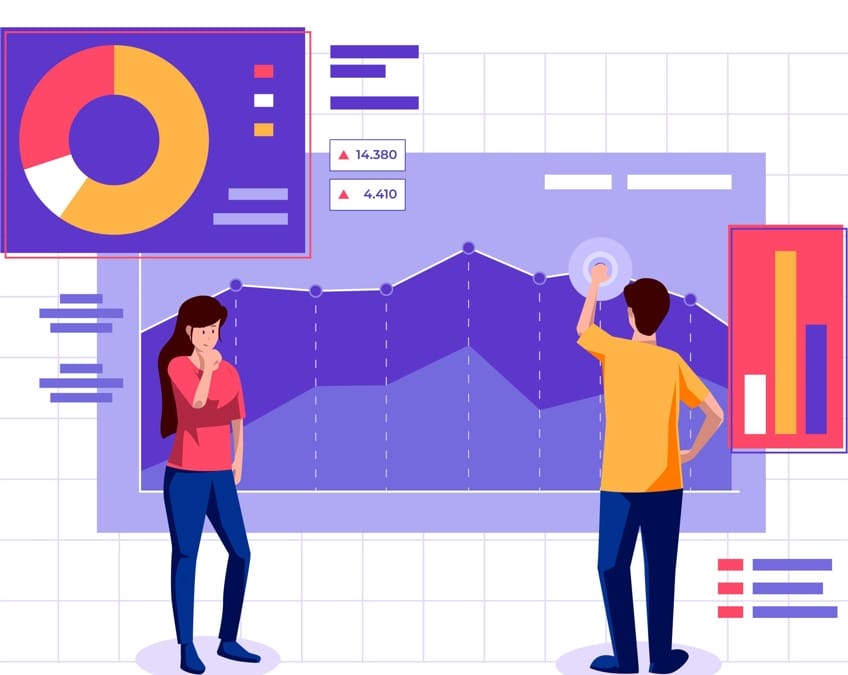
Overfitting occurs when a trading strategy is excessively tailored to historical data, performing well during backtesting but poorly in live markets. Additionally, data biases in historical data can skew strategy performance, leading to unexpected results when applied to real-time trading conditions.
3.3 Market Volatility and Black Swan Events

Automated trading systems may struggle to adapt to extreme market volatility and unforeseen black swan events. These extraordinary market conditions can lead to unexpected losses or unanticipated behavior in automated strategies.
4) Key Components of Automated Currency Trading Systems
Automated currency trading systems are complex and sophisticated tools that rely on technology to execute trades based on predefined algorithms. To understand the workings of these systems, it’s essential to familiarize ourselves with their key components. Below are the major components of automated currency trading systems:
4.1 Data Sources and Feeds

One of the fundamental components of automated currency trading systems is the data sources and feeds. Accurate and reliable data are crucial for making informed trading decisions. Automated systems rely on real-time market data, including price quotes, bid-ask spreads, and order book information. These data feeds are obtained from various sources such as financial exchanges, liquidity providers, and data vendors. The quality and speed of data retrieval can significantly impact the system’s performance and execution accuracy.
4.2 Technical Analysis Tools
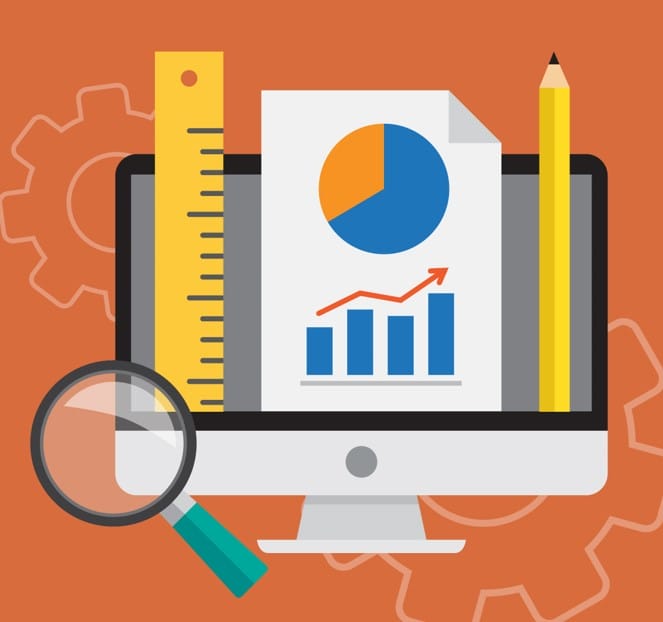
Technical analysis forms the backbone of many automated trading strategies. Technical analysis tools are essential components that help the system identify potential trading opportunities. These tools include various indicators, chart patterns, trendlines, and other mathematical calculations applied to historical and real-time market data. By analyzing patterns and trends, automated systems can generate buy/sell signals and determine optimal entry and exit points for trades.
4.3 Risk Management Features

Effective risk management is vital in automated currency trading to protect capital and manage exposure to potential losses. Risk management features are integral components that enable traders to set risk parameters, including stop-loss and take-profit levels. These features allow traders to define their risk tolerance and automatically exit trades when predefined risk thresholds are reached. Proper risk management ensures that automated trading systems execute trades within pre-established risk limits.
4.4 Execution Platforms and Connectivity
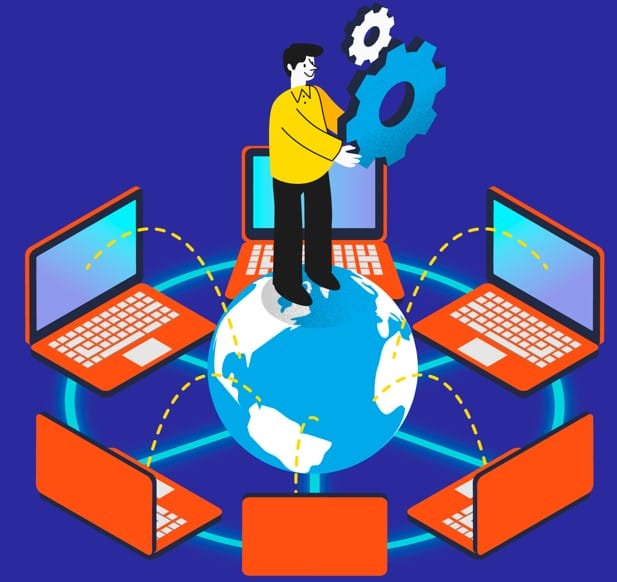
Execution platforms and connectivity are critical components that determine the speed and efficiency of trade execution. Automated currency trading systems require robust and stable execution platforms that can rapidly execute orders in milliseconds. Low-latency connectivity to liquidity providers and brokers is crucial to ensure the timely transmission of trade orders and receive real-time market updates.
4.5 Backtesting and Optimization
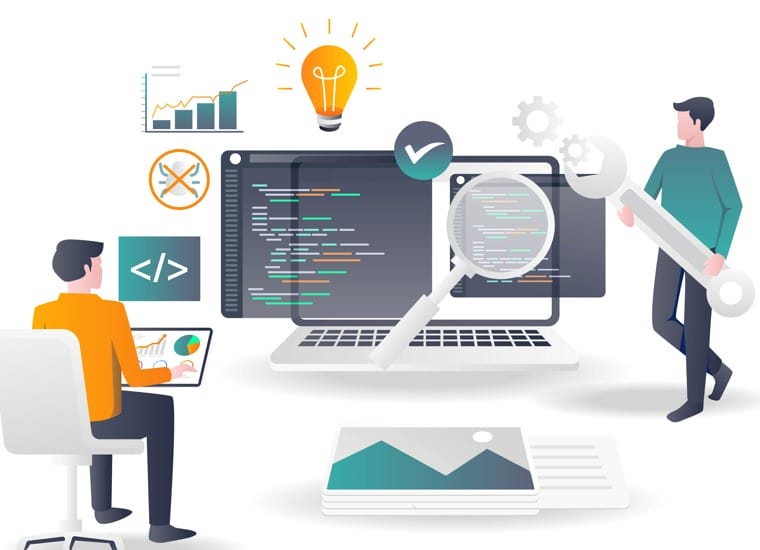
Before deploying automated strategies in live markets, backtesting and optimization are essential steps to assess the performance and viability of trading strategies. Backtesting involves applying historical market data to the trading algorithms to simulate past trading scenarios. Optimization aims to fine-tune strategy parameters to maximize performance. These components help traders to identify potential issues and refine their strategies before engaging in live trading.
5) Implementing Automation in Currency Trades
Implementing automation in currency trades involves a series of strategic steps and considerations to ensure the effective deployment of automated trading systems. Traders must carefully plan and execute the process to optimize trading performance and mitigate potential risks.
5.1 Setting Up an Automated Trading System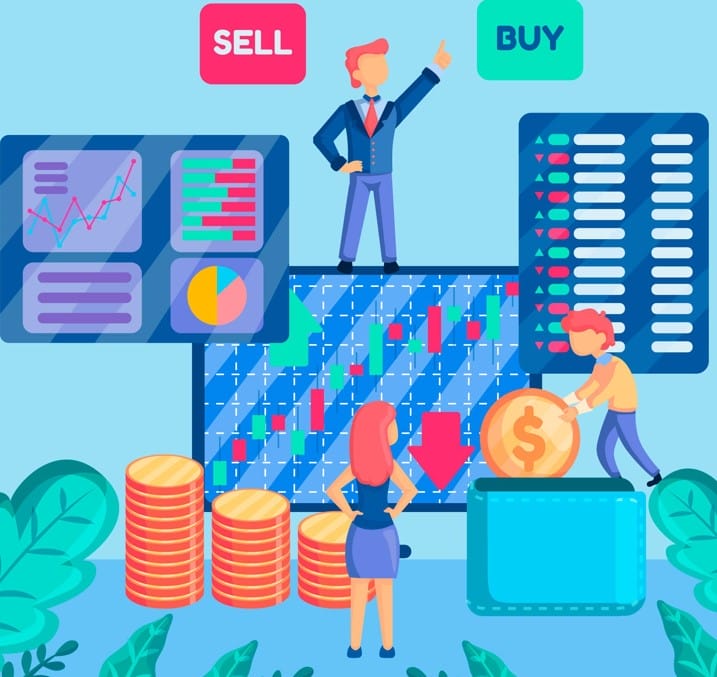
The first step in implementing automation is selecting and setting up an automated trading system. Traders need to choose a suitable platform or software that aligns with their trading goals and strategies. This involves evaluating different trading platforms, considering factors such as ease of use, compatibility with data sources, and availability of technical analysis tools.
5.2 Choosing the Right Broker for Automated Trading

Selecting the right broker is critical for successful automated trading. Traders should assess brokers based on factors like trade execution speed, reliability, and support for automated trading systems. A reliable and well-regulated broker ensures smooth trade execution and minimizes technical issues.
5.3 Developing and Testing Strategies
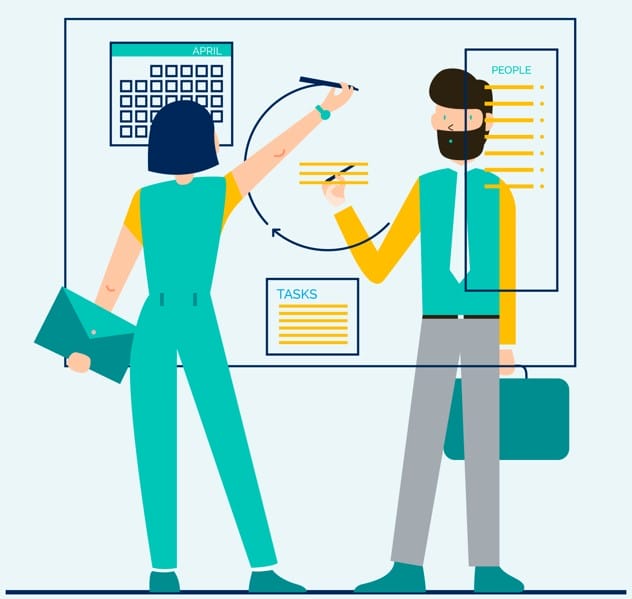
Developing effective trading strategies is crucial for successful automation. Traders should create algorithms that align with their risk appetite and trading objectives. After development, strategies must undergo rigorous backtesting to evaluate their historical performance using past market data. Proper backtesting helps identify strengths and weaknesses in the strategy and refine it for live trading.
6) Monitoring and Managing Automated Currency Trades
6.1 Real-Time Monitoring and Performance Analysis
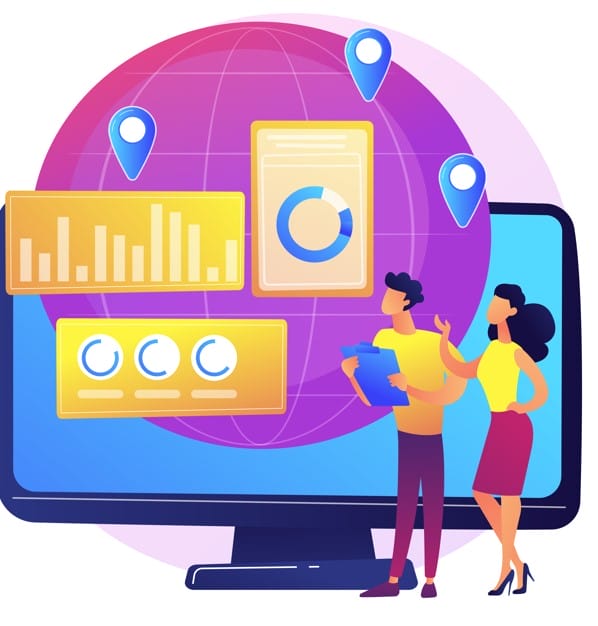
Continuous real-time monitoring of automated currency trades is essential to ensure proper execution and performance. Traders should regularly review trade activity, order executions, and strategy performance. By monitoring trading systems in real-time, traders can identify any issues promptly and take corrective actions.
6.2 Handling System Failures and Glitches
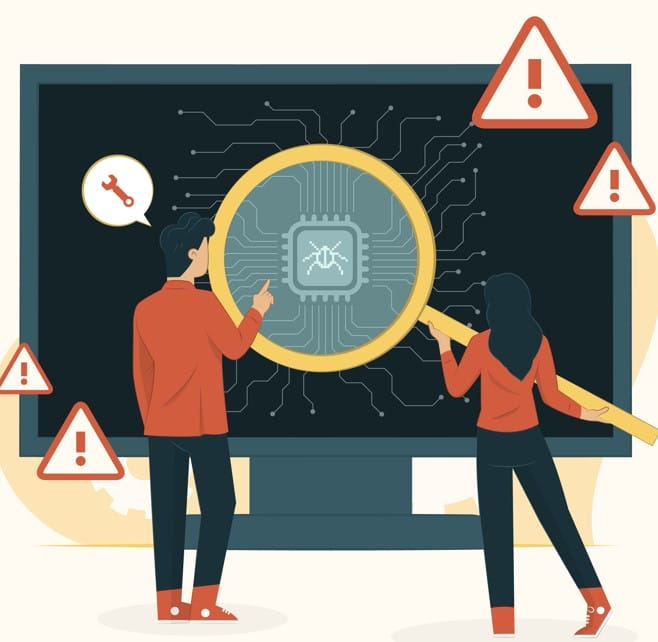
Despite robust technology, automated trading systems may encounter occasional failures or glitches. Traders must be prepared to handle such situations promptly. Implementing fail-safe mechanisms and contingency plans can help mitigate the impact of system failures and prevent significant losses.
6.3 Making Adjustments to Strategies

Automated strategies may require adjustments over time to adapt to changing market conditions. Traders should analyze strategy performance regularly and fine-tune parameters as needed. By making data-driven adjustments, traders can optimize the performance of their automated currency trading systems.
7) Regulatory and Ethical Considerations
7.1 Regulatory Framework for Automated Trading
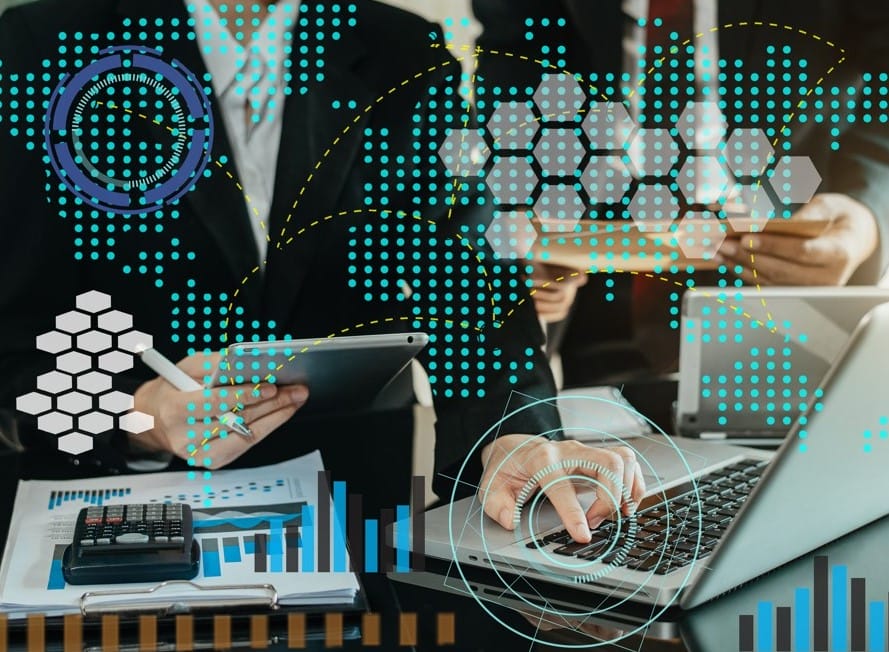
Regulators worldwide establish comprehensive frameworks to ensure market integrity and protect investors. Rules and guidelines are imposed on algorithmic and high-frequency trading, aiming to prevent market manipulation, maintain transparency, and monitor participants.
7.2 Ethical Concerns and Algorithmic Trading

Rising algorithmic trading raises ethical concerns, particularly in high-frequency trading. Critics argue it may distort market dynamics and provide unfair advantages. Responsible use of automated systems is vital for market fairness and integrity.
7.3 Preventing Market Manipulation and Abuses
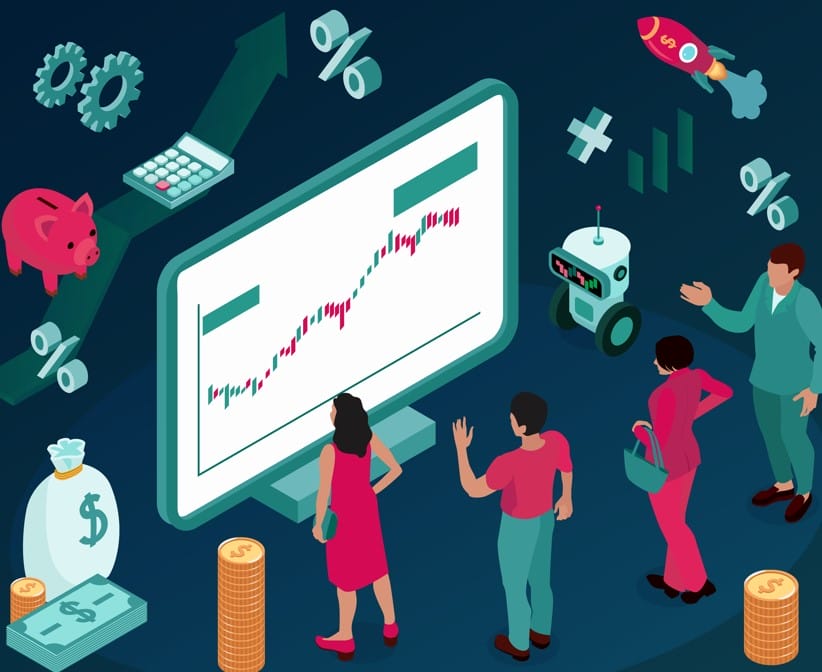
Regulators implement surveillance to detect and prevent market manipulation, such as spoofing and layering. Preserving market integrity is crucial for investor confidence and maintaining a level playing field for all traders.
Conclusion
In conclusion, we highlight the transformative impact of technology and automation on currency trades. We emphasize the advantages of automation, such as speed, efficiency, and improved risk management, while acknowledging the challenges and risks. Looking forward, we discuss the continued evolution of technology in the forex market and the potential for further innovation in automated currency trading. As technology continues to advance, traders can harness its power to make more informed and data-driven decisions, enhancing their overall trading experience in the dynamic world of currency trades.
Don’t trade all the time, trade forex only at the confirmed trade setups.
Get more confirmed trade setups here: forexgdp.com/buy/
